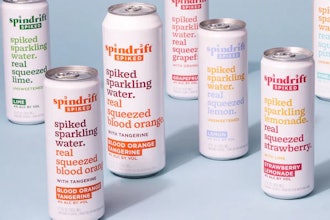
iStock
According to new research conducted by market research firm Dynata, on behalf of plant-based meat company Meatless Farm, 56 percent of Americans ages 18 - 65+ would consider reducing meat intake by one meal a week, while up to 24 percent of Americans are unlikely to eat any meals without meat.
Other Highlights from the Report:
- Americans ages 25 - 34 are nearly four times more likely (68%) to reduce meat intake than to rule out meat-free meals completely (22%).
- Between 13% and 24% of Americans never eat a meal without meat. During the process of determining likeliness to eat less meat, Meatless Farm discovered that 11% of Americans would be very unlikely to eat even one meal a week that doesn’t contain meat and 13% of Americans would not be likely at all.
- Nearly 60% of Midwest respondents—and more than half of respondents in all other regions--are likely to consider reducing meat intake.
- There’s a noticeable correlation between people who make New Year’s resolutions and those willing to reduce meat intake. The age groups that are most likely to consider reducing meat intake were also more likely to make New Year’s resolutions. For example, 70% of respondents ages 18 - 24 are likely to reduce meat intake, while only 5% claimed they do not make New Year’s resolutions. Meanwhile, the age groups that are least likely to reduce meat intake are also the least likely to make New Year’s resolutions. This suggests a relationship between self-improvement and eating less meat.
- Personal health is the most influential factor in Americans’ decision to consider eating more meat-free meals. Nearly 60% of Americans claimed that personal health was most likely to influence their decision. Other options included animal welfare (13.7%), weight loss (13.7%), the environment (12.2%) and “other” (3.5%).
 Dynata
Dynata






















